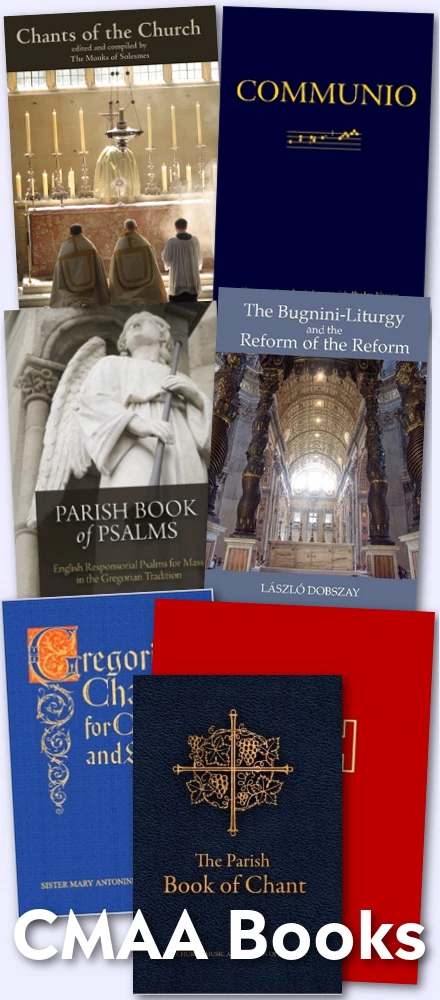In September of 2007 I reported running into an interesting site that looked at Catholic mission liturgies in the native American missions.
I was quite interested to see that the person who was pursuing this topic, Claudio Salvucci (who incidentally is a regular reader of the NLM), has now published a book on the subject, The Roman Rite in the Algonquian and Iroquoian Missions: From the Colonial Period to the Second Vatican Council.
I cannot of course comment upon the book, or its contents, but only report of its existence at the moment. Here is the description from the publisher:
The Roman Rite in the Algonquian and Iroquoian Missions: From the Colonial Period to the Second Vatican Council
by Claudio R. Salvucci
Representing the first general treatment of the "Indian Mass" of the North American Catholic missions, this volume draws on historical descriptions as well as rare missionary manuscripts and publications to trace the development of the distinctive American Indian liturgies from the early hymn singing of the mid-1600s to the adaptation of vernacular plainchant and polyphony. Weaving together extensive primary source quotations, Salvucci overturns popular misconceptions of missionaries as cultural imperialists, showing instead how native congregations and scholarly priests worked together in adapting the rich traditions of Counter-Reformation Roman Catholicism to the linguistic and cultural needs of the New World.
This volume further compares and contrasts the Indian Masses of different missions with each other and with the official Roman Missal. It also contains chapters on the calendar and hagiography of the missions; formulas for Baptism, Matrimony, and other sacraments; the Divine Office; characteristic sacramentals and devotions; and religious life. Extensive appendices are included, such as the entire text of a Mohawk Indian Mass; propers and ordinaries for other missions including those of the Algonquins, Abenaki, and Micmac; a complete liturgical calendar; and short descriptions of the most important missions.
July 2008 ~ 160pp ~ paperback ~ 978-1-889758-89-3 ~ $44.95




















